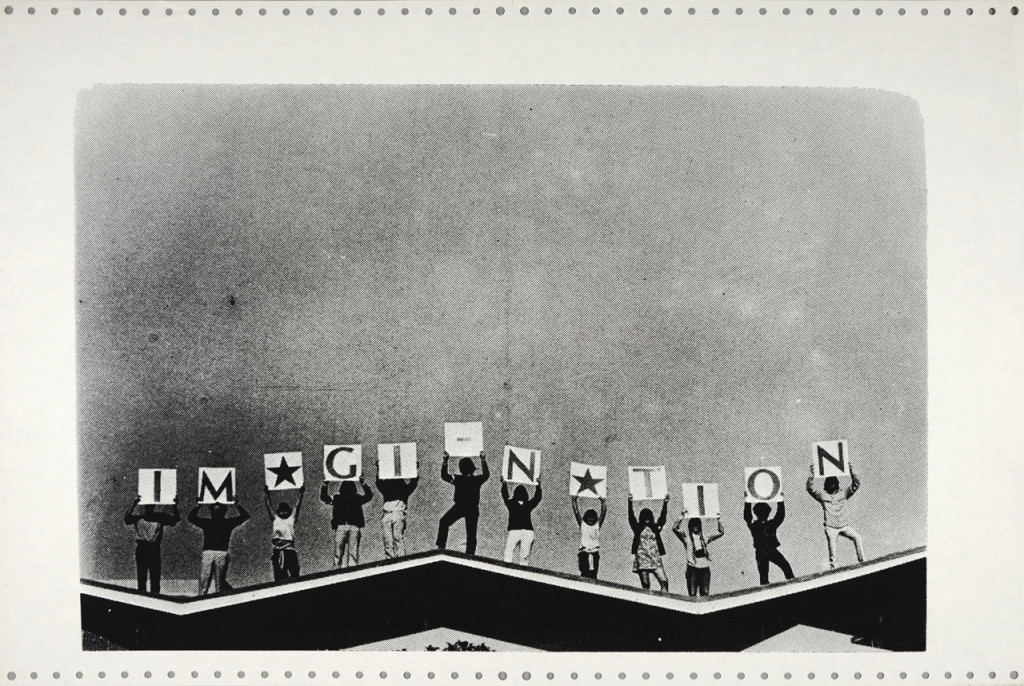When Graphic Design Was A Protest Weapon
Shortly after Ohio National Guardsmen shot and killed four students at Kent State University in 1970, prompting demonstrations nationwide, a group of activists joined forces in Berkeley, California. Their goal: use art as a protest weapon.
The Berkeley Political Poster Workshop quickly began churning out silkscreen prints that embodied the outrage against the perverse politics of the day, creating an estimated 50,000 posters using 600 individual designs, few of which remain today. America in Revolt: The Art of Protest, an exhibition featuring 50 of the workshop’s pieces, offers a rare peek at the graphic design that helped shape one of the most influential activist movements of the 20th century.
“The Workshop was as ephemeral as its products and probably lasted only for a month or two,” says Carl Williams, the rare book dealer and specialist in protest material who purchased the poster collection from the late Peter Howard, owner of Serendipity books, Berkeley California. “It was characterized by a heartfelt outpouring of largely vernacular signs and symbols by amateurs under the guidance of Malaquias Montoya, the great propaganda grafista and the founding father of Bay Area Chicano serigraphy who had recently graduated with a B.A. in Art from Berkeley in 1970.”
While the individual posters feature evocative graphics—like a pixelated gun, a flag composed of bomber plans and rifles, and a nod to a particularly macabre Goya painting — and slogans, their impact is best understood as a collective effort of artists rallying against the injustices of the time. “They are melody, not single notes,” Williams says.
And at the time, they were one of the few means protesters had for disseminating information. “I like to think the posters changed a lot of minds, that they helped end the war,” artist Robin Repp, whose work is in the show, told the Guardian. “It’s not like today, where you can post something on Facebook and have it go viral. It was much harder to get our ideas out. So posters were a really strong way of getting your message heard.”
Article Written By: Diana Budds
0

